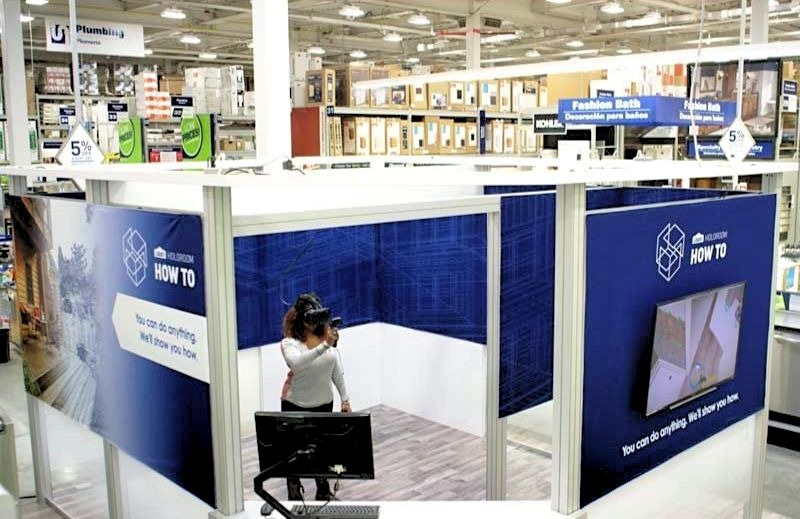
Forward-thinking retailers are reorganizing their entire business models around the customer. I’m still amazed, and slightly freaked out, when I shop for something on Google, and ads for the same product start appearing on my social media feed.
The brave new world of retailing means selling everywhere your customers buy — a blend of online retail, social selling, digital marketplaces and physical storefronts. To succeed in the multichannel environment, retailers are exploiting technologies to deliver a seamless marketing and shopping experience.
See: Apps Are Driving In-Store Sales (Really)
Here are four technologies that can help to attract customers and keep them engaged:
Real-time inventory management
In an era when online purchases happen with the click of a button, consumers seek an in-store experience that is hassle-free. One-way retailers are bringing more convenience to their brick-and-mortar stores is providing customers with real-time inventory information. This is being achieved through a combination of Internet of Things (IoT), mobile apps, RFID tags and other technologies.
For example, when you go to the shoe showroom at Dick’s Sporting Goods, a sales clerk can immediately tell you if a shoe and size is available by scanning the barcode on the display shoe with a mobile device. No more going in the back and wasting the customer’s time. If the product or size is not available, the sales clerk can easily use a computer in the store to order the product and have it shipped straight to your door.
Related: Using Retail Technology To Empower Your Team
An IoT-enabled inventory system can also alert retailers when certain items have been abandoned or are away from their allocated place for a predetermined length of time.
Chatbots and artificial intelligence
Brands are always looking to connect with customers in innovative and unexpected ways. Chatbot technology is a rapidly growing platform, ushering in the concept of conversational commerce.
By harnessing the power of predictive analytics and artificial intelligence, chatbots can provide recommendations based on a shopper’s past purchases, help find items within a store and even place orders.
For example, Staples’ Facebook Messenger bot can answer common customer inquiries, which tend to be about tracking orders and returns and checking whether items are in stock.
See: What The Evolution Of Digital Assistants Means For Retailers
Mobile wallet
More retailers are adding mobile payments to their list of mobile app features. For instance, Starbucks was an early adopter of this technology. Its ordering app has seen unquestionable success, representing about 30 percent of total transactions.
Mobile wallet technology also enables shoppers to check out using the mobile app rather than wait in line for a cashier, which can help enhance the customer experience. In addition, retailers can tie rewards and perks to their mobile wallets. For example, Kohl’s lets its loyalty members make purchases using reward dollars via the department store’s mobile app.
See: The Wonders Of Mobile Checkout
Augmented reality
Perhaps the technologies with the biggest “wow” factor, virtual reality and augmented reality, have the potential to change the retail experience. With mobile users becoming more and more comfortable with facial recognition technology, the time to experiment is now.
See: Using AR/VR To Sell Consumer Tech
Sephora’s “Virtual Artist” app uses facial recognition to empower customers to “try on” lipstick, eye shadows and other beauty products for a virtual makeover. Consumers can save and name the various looks to view the combination of products worn. They can also buy their favorite items within the app.
Online color tools have proliferated on hardware store websites, allowing homeowners to virtually test paint colors. Consumers can use stock photos or upload their own. The online tools have evolved to help people find the perfect paint palette from an inspiration image.
See: How AR/VR Can Creat A ‘Wow’ Experience At Retail
Improving interactions
Putting customers at the heart of their organizations requires retailers to embrace new technologies, including network infrastructure. Accommodating the multichannel shopping experience can stress the bandwidth of traditional networks and impact performance.
The technology investments are necessary to provide new ways to reach and interact with customers while also having the agility to change operations to offer personalized products and services.













